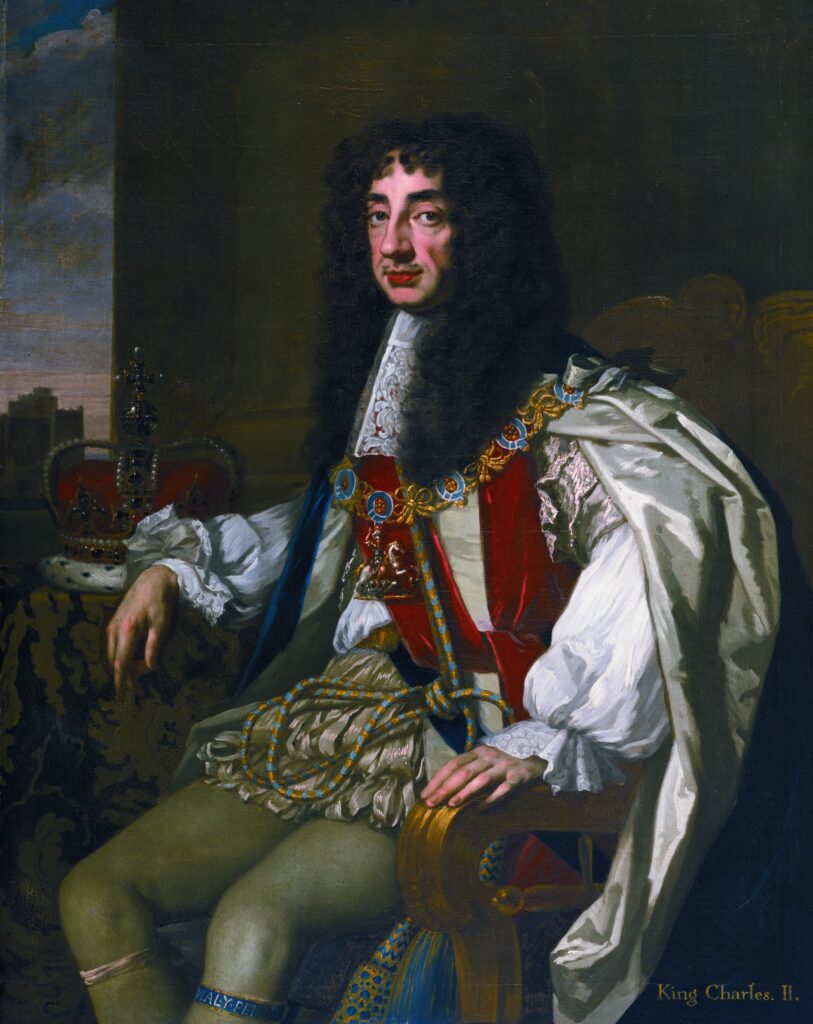What is GMT?
If you own a wristwatch that serves up digital world time, you’ve likely seen this acronym on your dial. Or, perhaps, you’ve come across “GMT” while resetting a wrist watch or clock. Either way, the short answer for the title is “Greenwich Mean Time”. However, the name itself has quite a bit of history built into it. Though these days it’s often synonymous with Coordinated Universal Time (UTC)—the standard world-time based on atomic time—GMT predates UTC by around 300 years. As it were, GMT was the original basis for a standard globalized time system. As international trade and new travel technology were spreading all over the globe, many of the major players in this burgeoning worldwide economy wanted to establish a common ground in coordinating departures and arrivals. Since everyone experiences solar cycles, GMT tied the sun’s position to a longitudinal focal point—the Royal Observatory in Greenwich (“grennitch”) England.

Established in 1675 by King Charles the II and eventually closed in 1998, the Royal Observatory in Greenwich (“grennitch”) is/was indeed ground zero for GMT. In 1721 Great Britain established the position of the observatory as a meridian (zero longitude) for their own maritime purposes. As it went, this aided the scientifically minded in establishing a center point for keeping time based on the earth’s relative position to the sun. By the middle of the 19th century, an International Meridian Conference was instigated by U.S. President Chester A. Arthur—which was held in Washington D.C.. At this conference, 41 delegates from 26 countries parlayed and elected the Royal Observatory in Greenwich to be the meridional point for establishing global time. Although some countries didn’t hop on board (France itself electing to retain its own meridian), this remained the relative “zero” position for global time and trade until the early 20th century.
By the 1920’s differences between solar and the increasingly employed “atomic” time led to some confusion around global timekeeping. Eventually the UTC (universal time) became the new standard. This global time became more widely adopted than GMT because of higher accuracy—and evolved into the atomic standard we use today. Reinforced by the use of mapping satellites (which found that Greenwich is actually some meters West of the prime meridian) atomic time aids all nations in keeping tighter time. However, because of the existence of “leap” seconds—a loss of a few seconds every year—there is talk nowadays of re-establishing an even more accurate standard of timekeeping by the year 2023.

Though GMT was/is a solar-based form of timekeeping (instead of an atomic one) it’s still useful in recognizing time zones on certain parts of the globe. For local times in the “Commonwealth” left behind by old Britain’s empire, GMT is still a regular reference point. Although these time zones—among all others—were originally based off of more extra-terrestrial observations, they historically helped in keeping things grounded for international transit. As well, If it weren’t for GMT’s use and existence, global timekeeping would have been incredibly difficult to coordinate trans-globally. Having the GMT standard allowed for further innovation in global communication which still continues to this day. So, the next time you go to set a watch you may want to think about where each acronym leads back to. As it stands, GMT can always take you back to the center—where international timekeeping began.
Times Ticking has been in operation for more than 30 years, since 1982. We have performed watch repair for customers both locally and internationally. If it Ticks! We KNOW it! Our team of watch repair technicians have a combined experience in watchmaking of over 120 years.

